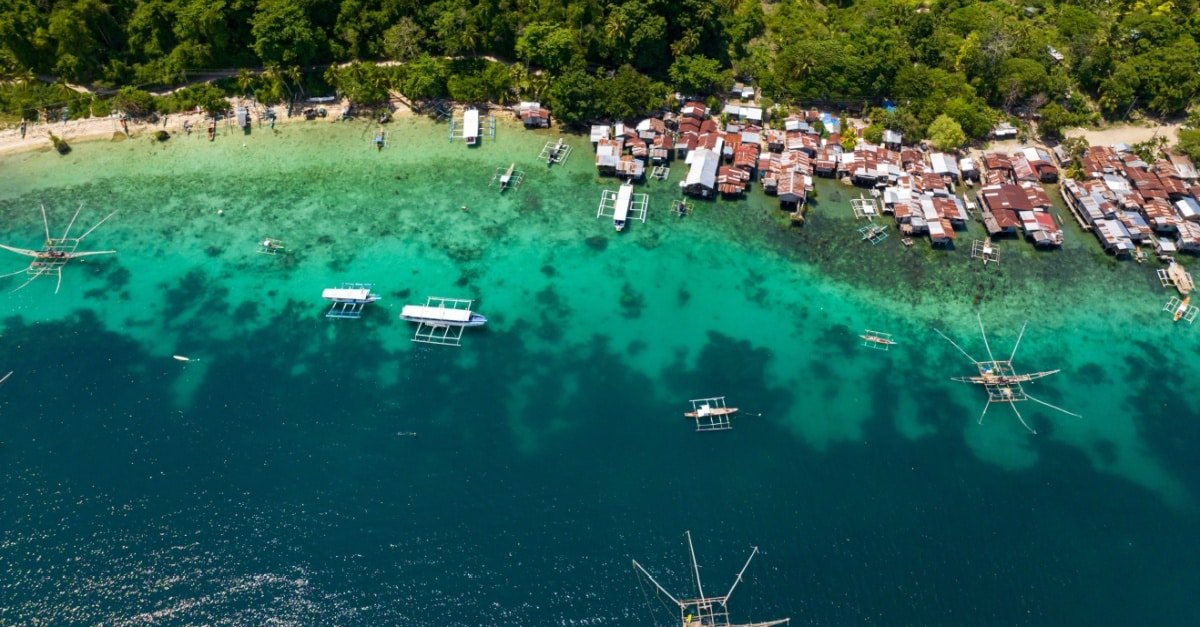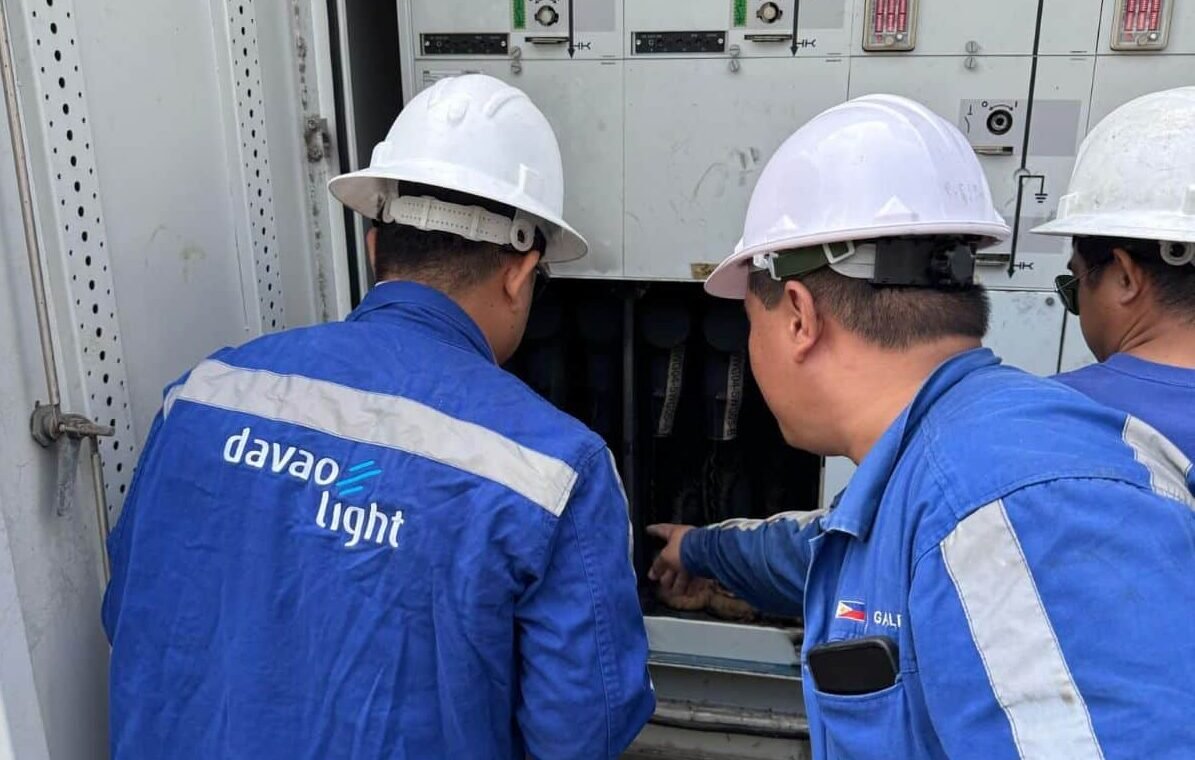
In this day and age, it seems unthinkable to live without electricity. Our day to day activities have shifted online, from learning, working, and banking, to shopping and paying bills. Yet, there exists a gap between those who have electricity and those who don’t.
While around 90% of Luzon and Visayas have access to electricity, only two out of six regions in Mindanao are connected to the electricity grid. 10% of households in Mindanao are off-grid or living without access to electricity.
Among the regions in Mindanao, the Bangsamoro Administrative Region of Muslim Mindanao (BARMM) has the most alarming energy statistics. In the BARMM, only 45% of households have access to power. In fact, a report from the National Electrification Administration (NEA) states that out of 703,499 households, only 282,330 households are consumers of electricity.
A large part of the reason why electricity is inaccessible is the geography of the region and the lack of infrastructure.
One of the approaches to solve the gap in power access is Republic Act No. 11646 or “The Act of Promoting the Use of Microgrid Systems to Accelerate the Total Electrification of Unserved and Underserved Areas Nationwide” or the “Microgrid Systems Act.” Under this act, strategies such as household electrification, distribution line extension, stand-alone home system (SAHS), and the microgrid system will be employed.
Additionally, NEA, the Department of Energy (DOE), and the Mindanao Development Authority (MinDA) have launched the Integration of Productive Uses of Renewable Energy (I-PURE) program. Funded by the European Union (EU) through its Access to Sustainable Energy Programme (ASEP), the program is focused on providing livelihood opportunities, sustainable electrification of households, and capacity-building.
Under I-PURE, solar-powered corn processing facilities, solar-powered rice millers, solar-powered coffee processing facilities, and two solar-powered water systems were built in Cotabato, Sultan Kudarat, and Tawi-Tawi. 3,000 homes in Cotabato and about 2,200 households in Tawi-Tawi were also connected to the grid.
To address the power supply gap, the DOE implemented the Qualified Third Party (QTP) program where private firms and local government units can enter into a competitive bidding process to supply remote and isolated areas with power.
As Former DoE Secretary Alfonso G. Cusi explained, “The DOE is determined to fast-track its total electrification program for the country. We will make electricity available to all unserved and underserved households in the country, and the QTP program will help us realize our goal.”
The stark disparity in electrification rates in Mindanao and the rest of the country needs an immediate and long-range solution. Initiatives such as The Microgrid Systems Act, the I-PURE and the QTP programs are crucial steps toward unlocking the potential of Mindanao and ensuring equitable progress. Through sustainable energy solutions, innovative policies, and enhanced infrastructure, the Philippines can look forward to a more inclusive and sustainable future.
Reference:









































